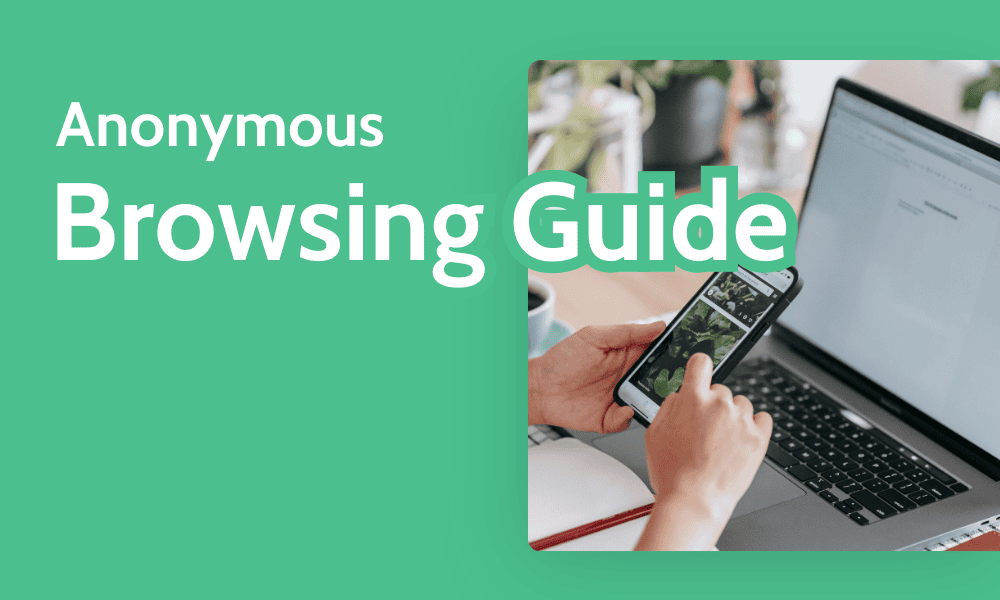Cloudwards
1M
426

Image Credit: Cloudwards
Anonymous Browsing Guide in 2024: Is Incognito Enough?
- Anonymous browsing techniques aim to reduce personal data exposure and minimize digital footprints.
- Tools for enhancing online privacy include privacy-focused VPNs that hide your IP address, anonymous search engines that don’t log your activity, privacy-focused browsers with built-in privacy features, as well as other traffic routing systems like Tor and proxy servers.
- Your browsing history can reveal all kinds of sensitive personal data that can be tracked, analyzed, and exploited.
- This guide will teach you what anonymous browsing is and explain how it differs from just using Incognito mode.
- Virtual private networks, Proxy servers, Tor Browser, Private Browsers, Anonymous Search Engines, and Private Email Services are some commonly used methods.
- While complete online anonymity remains next to impossible, the techniques and tools covered in this guide should substantially improve your online privacy.
- Anonymous browsing aims to block tech companies, ISPs, government agencies, and cybercriminals from harvesting your data.
- Various anonymous browsing techniques can encrypt your data, hide or alter your IP address, and change your overall online identity.
- A VPN is an indispensable piece of software for the privacy-minded, while proxy servers aren’t as reliable as VPNs.
- Web tracking utilizes various techniques and technologies to monitor and collect data about your online activity, some of which include third-party cookies, IP address tracking, device and browser fingerprinting, social media widgets, tracking pixels, web beacons, and JavaScript tags.
Read Full Article
25 Likes
For uninterrupted reading, download the app